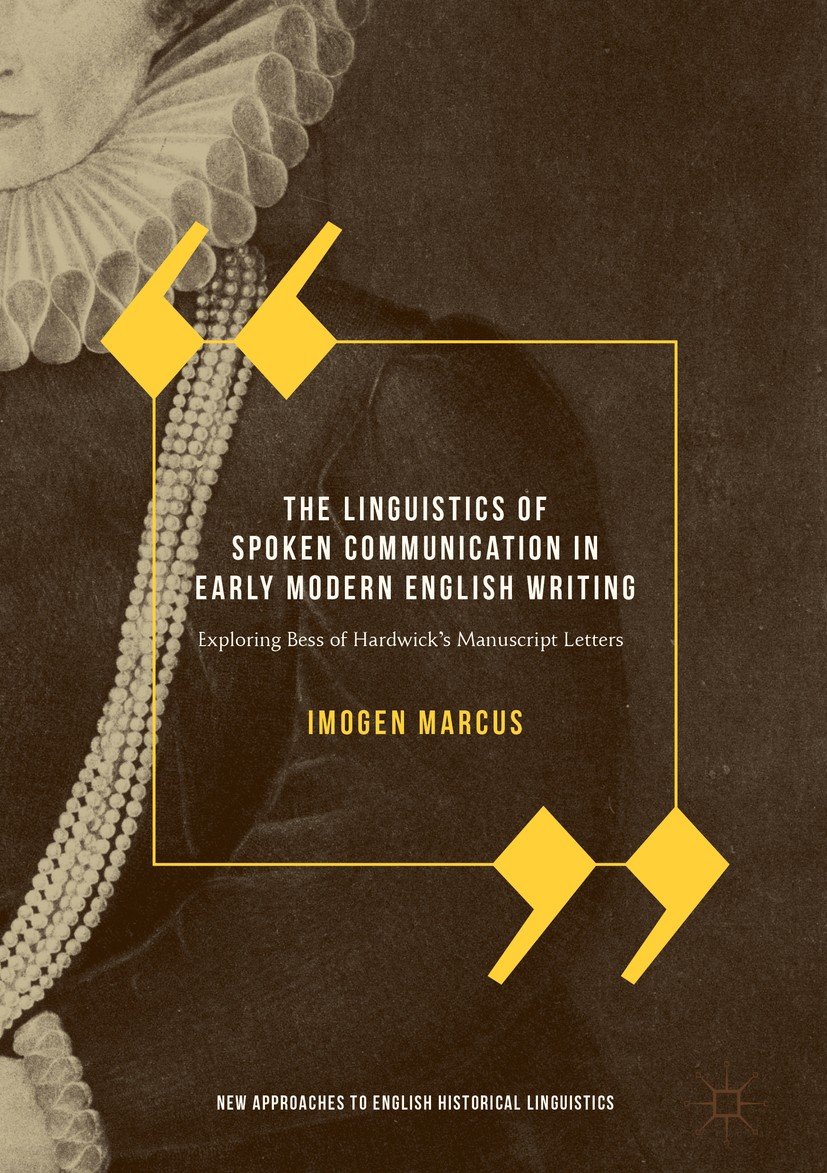The Linguistics of Spoken Communication in Early Modern English Writing
Le prix initial était : $15.99.$4.99Le prix actuel est : $4.99.
Exploring Bess of Hardwick’s Manuscript Letters
Description
The Role of Spoken Language in Early Modern English Literature
In the realm of Early Modern English literature, spoken language played a pivotal role in shaping both literary forms and stylistic choices. This period saw a marked increase in the prevalence of dialogue, particularly within plays and prose narratives. Notably, playwrights like William Shakespeare and Christopher Marlowe skillfully incorporated spoken language into their works, utilizing vernacular speech to create authentic, relatable characters. By including colloquial expressions, these authors effectively mirrored the rhythms and nuances of actual speech, thereby enhancing the realism of their dialogues.
The depiction of spoken communication extended beyond mere character interaction; it also reflected societal norms and distinctions. Writers employed regional dialects and varying speech patterns to signify class distinctions and the geographic diversity of their characters. Such socio-linguistic factors added depth and authenticity to literary works, allowing audiences to discern the background and social standing of characters solely through their language usage. For instance, the contrast between the refined language of nobility and the sharper, more direct speech of the commoners provided insights into the socio-economic divides of the time.
Additionally, the cultural implications of oral traditions significantly influenced early modern authors. Oral storytelling, with its emphasis on performance and audience engagement, was a dominant mode of communication prior to the rise of print culture. As literature transitioned to the printed word, writers sought to capture the essence of spoken language, thereby fostering a connection with their audience that resonated on a personal level. This interaction between spoken and written forms not only transformed the landscape of English literature but also facilitated the evolution of the English language itself.
Phonetic Features and Syntax of Early Modern English Speech
The phonetic characteristics and syntactic structures of Early Modern English (EME) play a pivotal role in understanding spoken communication during this transformative period. The way sounds were articulated, including nuances in pronunciation and intonation patterns, significantly influenced the interpretation of dialogue. For instance, the use of vowel length and stress can change a word’s meaning, highlighting how phonetics dynamically interacts with semantics in spoken exchanges. As EME evolved, variations in accent and dialects became more pronounced, ultimately shaping the listener’s perception of the speaker’s social class, locale, and emotional state.
Syntactically, the constructions utilized in spoken EME display a range of forms, particularly in the frameworks for inquiries, imperatives, and exclamations. Questions often followed an inverting structure—commonly referred to as subject-verb inversion—which can be seen in famous texts from the period. For example, asking « Is it you that wane? » demonstrates a syntactic feature that reflects both inquiry and politeness, a key attribute of social interaction at the time. Commands, on the other hand, were typically direct and often demonstrated urgency or authority, exemplified by phrases like « Speak your mind! » The use of exclamatory statements, such as « How splendidly it shines! » adds emotional depth to the dialogue and provides insight into the speaker’s sentiments.
The gradual standardization of the English language also influenced phonetic features in literature, as authors began to adopt more uniform pronunciations and grammatical structures to cater to an increasingly literate audience. This transition showcases the interplay between spoken language and literary expression, enabling writers to articulate nuanced emotions and intentions effectively, which became vital in the evolving artistic landscape. Such elements underscore the linguistic complexities present in Early Modern English, illustrating its role not only as a means of communication but also as an intricate vessel for artistic exploration.






Avis
Il n’y a pas encore d’avis.